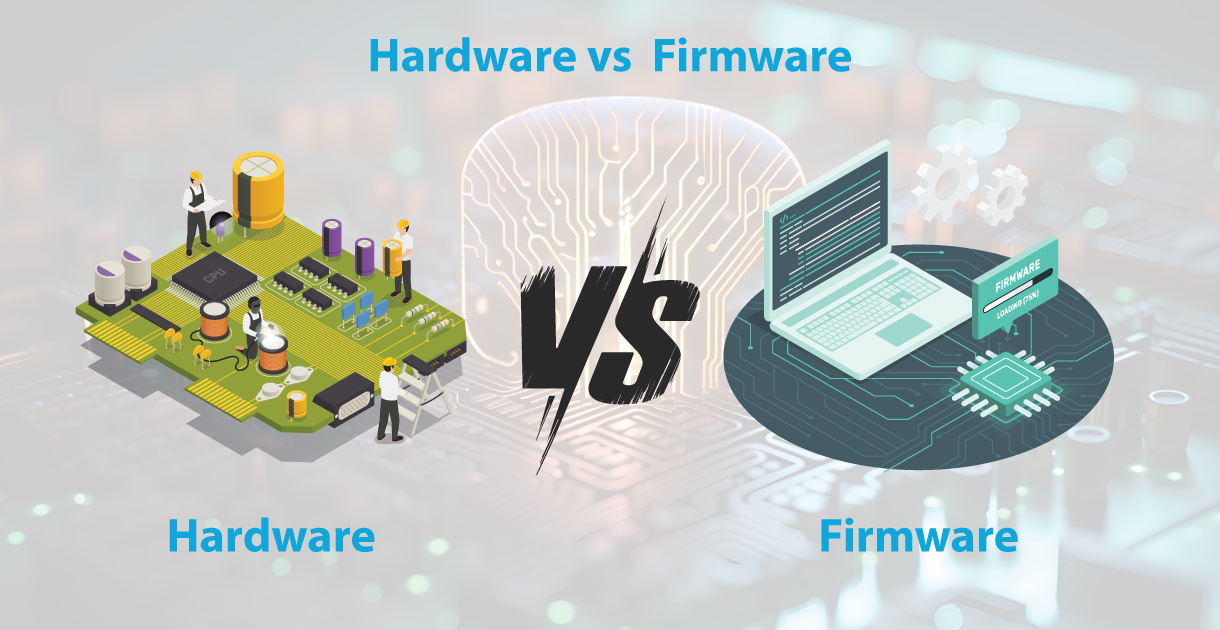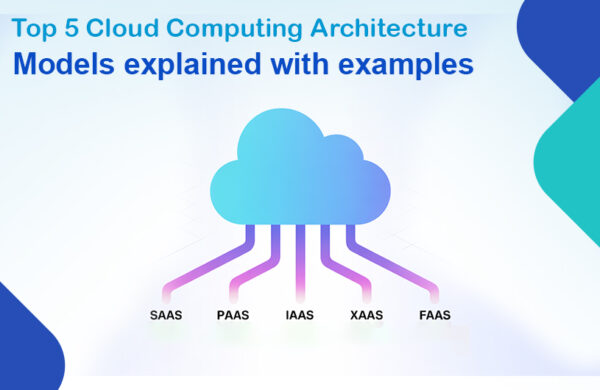Hardware and firmware are common terms used in the technology industry, but what exactly is the difference between hardware and firmware? In this blog, we will explore the key difference between hardware and firmware and how they work together.
What is Hardware?
Hardware refers to the physical, tangible components that make up a device or system. Things like processors, circuit boards, memory chips, batteries, displays, and casings are all examples of hardware. Hardware provides the physical structure and interfaces that allow a device to function. Some key characteristics of hardware include:
- It can be touched and felt physically.
- It is susceptible to damage if dropped or exposed to environmental factors.
- It requires firmware to operate and tell it what to do.
Examples of hardware include computers, smartphones, routers, printers, and industrial equipment.
What is Firmware?
Firmware refers to the low-level programming that resides on the hardware and provides instructions for what the hardware should do. Firmware is embedded directly into the hardware itself, often stored in non-volatile memory like ROM, EPROM, or Flash memory. Some key characteristics of firmware include:
- It cannot be touched or felt physically like hardware.
- It is not susceptible to physical damage.
- It provides instructions and programming for the hardware to function.
- It does not require reprogramming after being installed on hardware.
Examples of firmware include BIOS, device drivers, and firmware updates.
The relationship between Hardware vs Firmware is symbiotic – hardware requires firmware to function, and firmware needs hardware to run its instructions. Without firmware, hardware would simply be inert components that do nothing. And without hardware, firmware would have no physical device to control. They work together harmoniously.
Let’s explore some more specific the difference between hardware and firmware:
-
Hardware vs Firmware Tangibility
One of the main differences is the tangibility – hardware can be physically touched and felt, while firmware has no physical form. Hardware exists as real-world components like circuit boards, chips, and casings. Firmware is intangible software that resides on these hardware components.
-
Susceptibility to Damage
Because hardware is physical, it can potentially be damaged if dropped, exposed to moisture or extreme temperatures, or suffers physical impacts. Firmware, being intangible software, is not susceptible to physical damage in the same way. However, firmware can become corrupted or outdated over time.
-
Requirement for Reprogramming
Once firmware is installed on hardware during the manufacturing process, it typically does not require reprogramming. Hardware components, on the other hand, may need to be replaced or repaired if damaged. Firmware can also be updated over-the-air without needing to access physical hardware.
-
Role and Function
The role of hardware is to provide the physical interfaces, connectivity, processing power, and structure needed for a device to function. Firmware then provides the low-level programming instructions that tell the hardware what tasks to perform. Hardware is passive without firmware to control it.
Examples in Devices
In computers, common hardware includes the motherboard, processor, memory, storage drives, ports, and casing. The BIOS firmware provides instructions for the computer hardware to boot and function properly. In routers, the hardware is the circuit boards and wireless radios, while the firmware controls the routing functions and settings.
The relationship between hardware and firmware is symbiotic. Hardware relies on firmware for instructions, while firmware needs physical hardware to run its code and interface with the world. Together, they allow complex electronic devices to function. Understanding the differences between these two core components is important across industries like computing, networking, manufacturing, and more.
Let’s explore how Hardware vs Firmware work together in more detail using an example from the industrial Internet of Things (IoT) space:
IoT Hardware and Firmware
In an industrial IoT solution for asset tracking, the hardware would include RFID/NFC tags attached to assets, gateways to read the tags, network infrastructure like routers and switches, backend servers to collect the data, and a user interface.
The firmware controls critical functions:
- Tag firmware stores a unique ID and handles communication protocols with gateways.
- Gateway firmware reads nearby tags, collects the IDs, and sends the data to servers.
- Server firmware receives tag readings and processes/stores the location data.
- User interface firmware displays the asset locations and allows configuration.
- Without the tag, gateway, server, and interface hardware, the IoT solution would have nothing to run on. But without the controlling firmware, the hardware components would just sit idle and not be able to track and report on asset locations as needed.
The firmware ensures low-power communication between tags and gateways, efficient data transfer to servers, and an intuitive user experience. Regular firmware updates can add new features, fix bugs, and improve overall solution performance over time.
Conclusion
In summary, hardware is the physical infrastructure while firmware provides the intelligence behind the scenes. An IoT solution relies on both hardware components working seamlessly together with firmware instructions. Understanding the hardware and firmware difference of two core elements that differ yet depend on each other is important for any technology professional or business using IoT.
In industrial environments like manufacturing, logistics, and healthcare, properly implementing both hardware infrastructure and controlling firmware is critical for applications like predictive maintenance, cold chain monitoring, equipment utilisation tracking and more. Choosing a vendor with expertise in both hardware design and firmware development ensures a robust and well-integrated solution.
If you need someone to manage all project needs and provide innovative, trustworthy solutions that can significantly increase your company’s future growth potential, get in contact with us. Monarch Innovation develops customised solutions to help customers re-engineer their production processes to optimise the effectiveness and output of their organisations. Monarch Innovation has a competitive edge in the industry thanks to its highly skilled workforce and state-of-the-art facilities.
FAQs
Q.1 Can hardware function without firmware?
A: In most cases, hardware requires firmware to function properly. Firmware provides the necessary instructions for hardware components to perform specific tasks.
Q.2 Examples of hardware vs. firmware?
A: Hardware examples include a computer’s central processing unit (CPU), while firmware examples include the BIOS (Basic Input/Output System) in a computer.
Q 3: What happens if firmware is corrupted?





